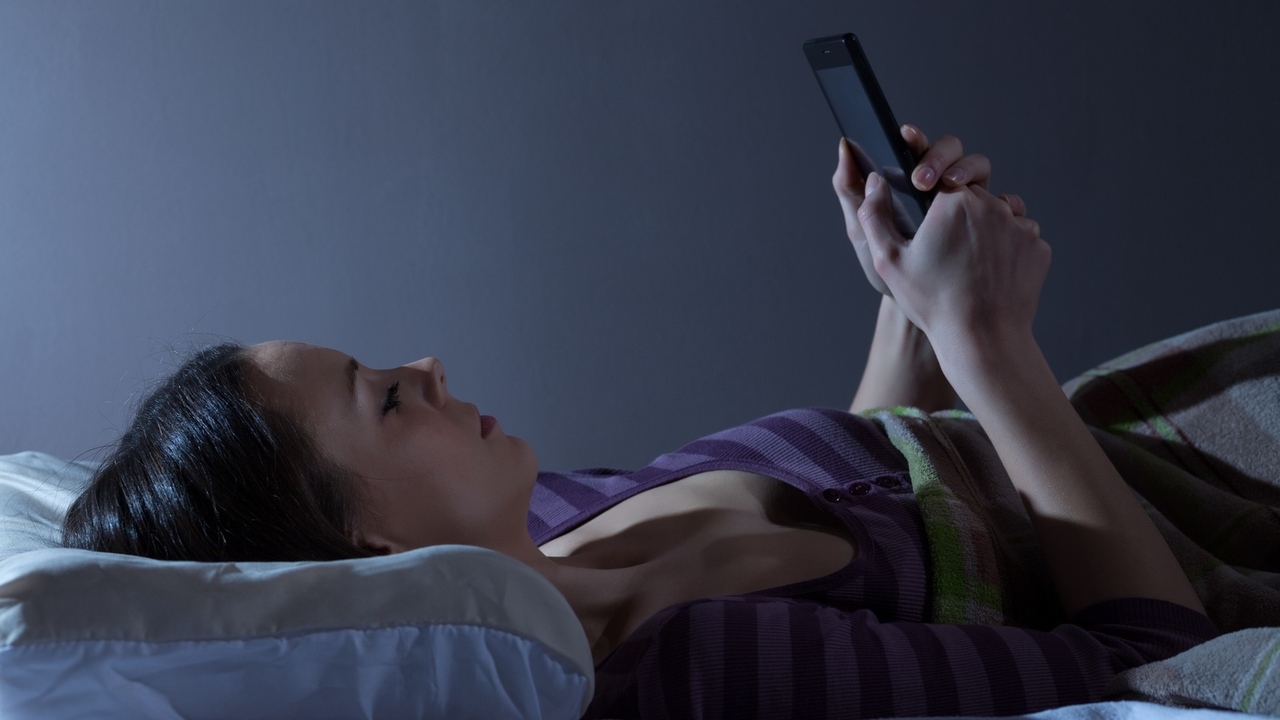What is Restless Leg Syndrome?
The National Institutes of Health (NIH) defines restless leg syndrome as “a disorder in which there is an urge or need to move the legs to stop unpleasant sensations.” The patient will feel discomfort if she keeps her legs still. Found more often in women than men, restless leg syndrome occurs in middle age to older adults. Stress and emotional upset will also exacerbate the symptoms.
While the cause of restless leg syndrome is unknown, the NIH notes that it occurs more often in women who are pregnant, or patients with peripheral neuropathy, iron deficiency, chronic kidney disease, and Parkinson's disease. However, one form of restless leg syndrome is genetic and can be passed down through families, though the mutated gene has not been identified.
Symptoms of Restless Leg Syndrome
The Mayo Clinic states that patients with restless leg syndrome experience strange sensations in their legs and sometimes arms; these sensations have been described as “crawling, tingling, cramping, creeping, pulling, painful, electric, tense, uncomfortable, itchy, tugging, gnawing, aching or burning.” These symptoms can become worse with inactivity and at night, and decrease in severity when the patient is active. Restless leg syndrome is also associated with periodic limb syndrome, which the Mayo Clinic describes as an involuntary movement of the legs, either flexing or extending during sleep.
Effect on Sleep and Treatments
One of the issues with restless leg syndrome is disrupted sleep. Since the patient will feel the urge to move even when asleep, this will result in a decreased quality of sleep. Over time, the sleep problems can escalate to insomnia. The NIH notes that the decreased quality of sleep and insomnia can cause daytime sleepiness; other health issues that result from restless leg syndrome are slowed thinking, confusion, anxiety, and depression.
Unfortunately, the NIH states that there is no cure for restless leg syndrome, but lifestyle changes can help with symptoms and improve sleep. Since stress is a major factor in restless leg syndrome, doing stress-relieving activities can decrease symptoms during the night. Recommended treatments are warm baths, massage, and gentle stretching, according to the NIH. If sleep problems persist, medications, like low doses of narcotics, may be prescribed. If the cause is iron deficiency, iron supplements can alleviate symptoms.
----------------------------------------------------------------------------------------------------------------------------
Elizabeth Stannard Gromisch received her bachelor’s of science degree in neuroscience from Trinity College in Hartford, CT in May 2009. She is the Hartford Women's Health Examiner and she writes about abuse on Suite 101.






Add a Comment1 Comments
I have RLS and had found comfort in using a weighted blanket. Mine came from a company called DreamCatcher Weighted Blankets. The website is www.weightedblanket.net. Hope your readers find the post helpful.
January 16, 2010 - 1:21pmThis Comment